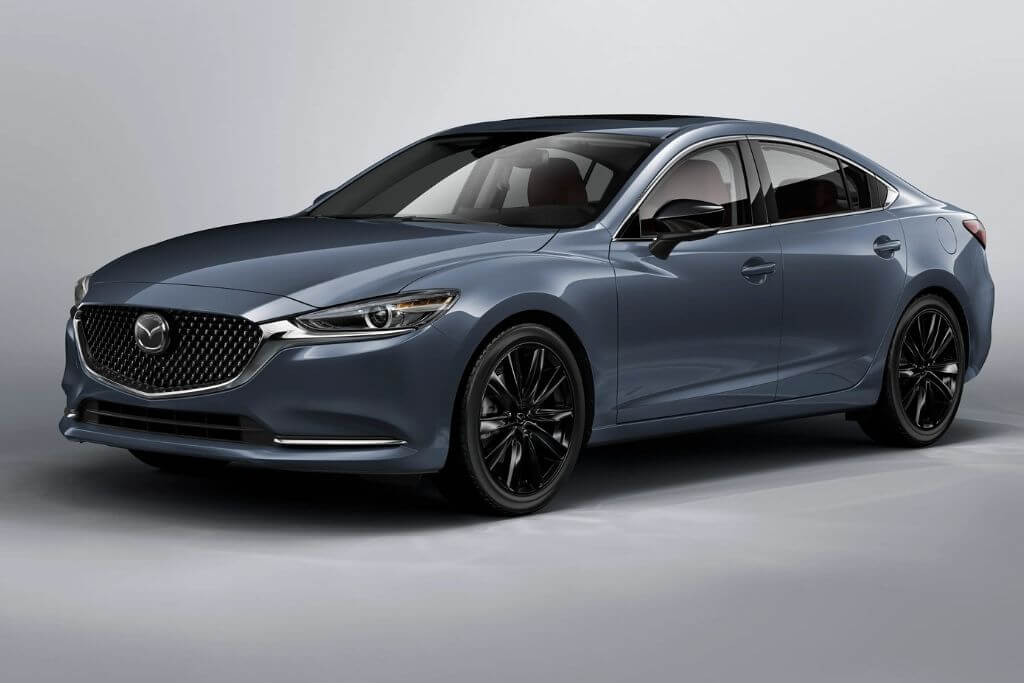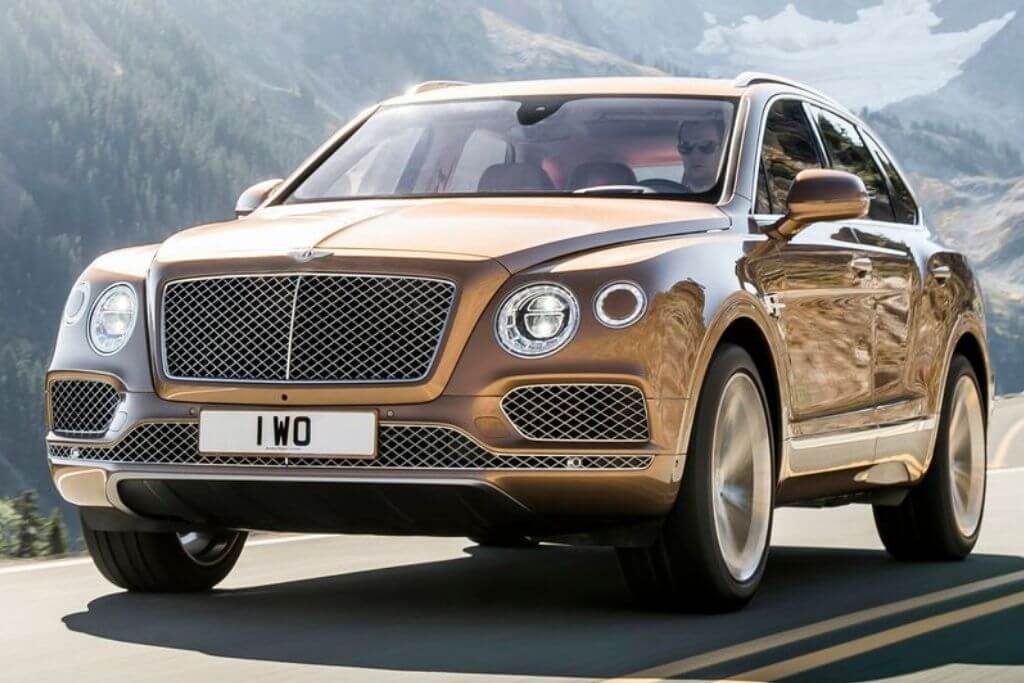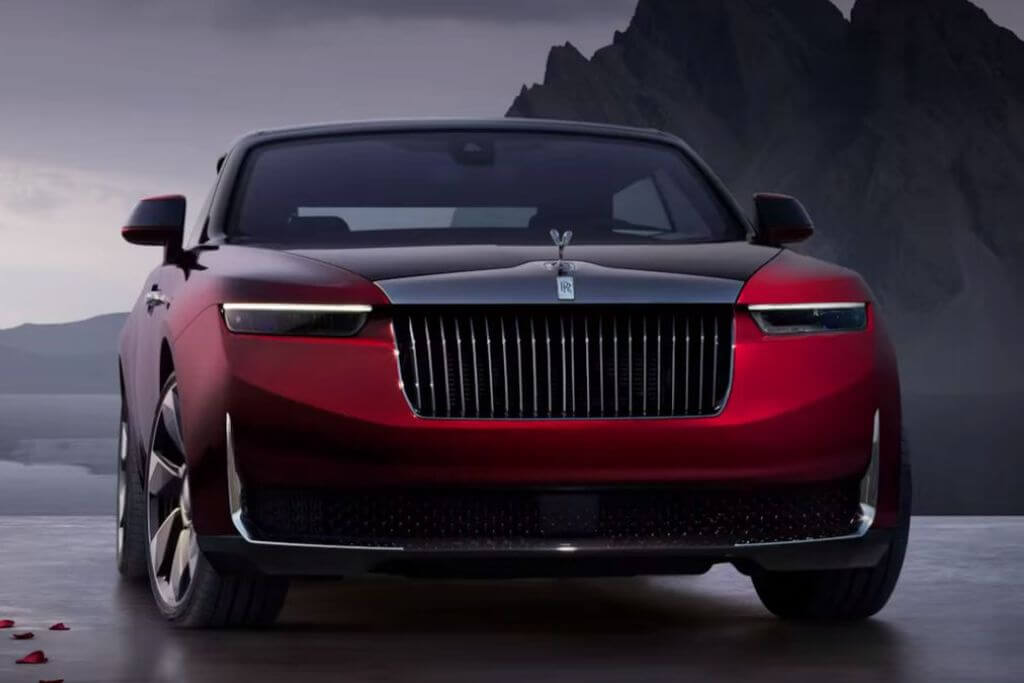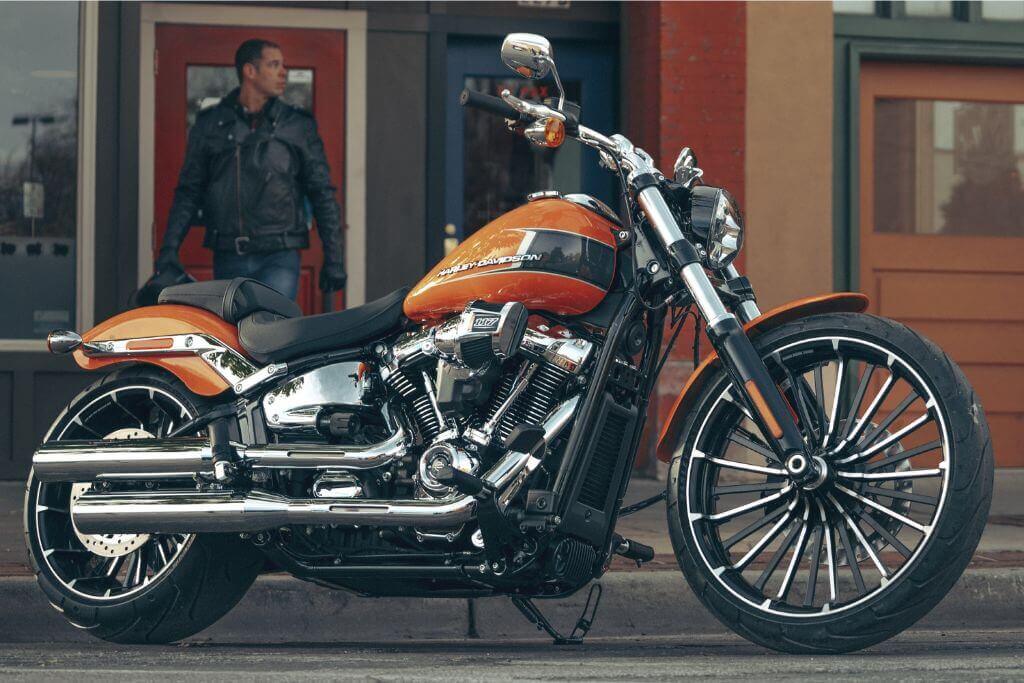Learn more about Audi's history and discover some of its most iconic models
Adverts
At the end of the 19th century, August Horch began a project to manufacture cars and in 1899 he built five vehicles on the outskirts of Chemnitz, a remarkable achievement at the time.
However, disagreements with other shareholders led August to leave the company that had borne his name. With no rights to the old name, he founded a new company, choosing the Latin name "Audi".
The Audi logo represents the merger of four companies in 1928 to form Auto Union: DKW, Audi, Horch and Wanderer. In 1932, the Wanderer and Horch companies were added to the group.
Adverts
After the Second World War, Germany was divided into western and eastern parts. Under the communist regime in the eastern part, the company was run as Volkseigener Betrieb, or "people's car".
Remarkably, the factory was located behind the Iron Curtain, continuing production despite the destruction caused by the war and the population's lack of resources for expensive cars.
In 1964, Volkswagen acquired Auto Union, made up of the DKW, Audi, Horch and Wanderer brands. Volkswagen decided to reopen the Audi brand to introduce a four-stroke engine model, starting with the DKW F103 in 1965.
In 1969, the brand acquired the NSU company, changing its name to Audi Auto Union AG. The NSU K70 was launched and stood out on the market.
Volkswagen later launched its own liquid-cooled model, the K70, but the NSU sold more. The experience gained led to the development of the Audi 100, a global success, and the Volkswagen Passat, which used engines from the Audi range.
Quick Index:
Audi and the tracks
Audi introduced the Quattro model with the intention of strengthening its presence on the automotive scene, especially in rally competitions. This vehicle has become an icon in the world of motorsport, consolidating the brand as one of the most prominent in Group B competitions.
The remarkable success of the Audi Quattro can largely be attributed to its all-wheel drive system, a differentiator that made it stand out in cornering, acceleration and stability.
Maybe you'll be interested:
- The 5 best online auction sites
- How to tell if an online auction site is reliable
- Discover the Car and Motorbike Auctions
While other manufacturers hesitated to adopt this system due to its reputation for poor reliability, Audi dared and reaped the rewards of this bold decision.
The driver responsible for the car's success was Stig Blomqvist, whose driving skills contributed to the vehicle's notoriety. In 1984, the Audi Quattro won a significant award in the Ivory Coast, making it stand out as a high-performance vehicle.
At the time, the engine already delivered 420 horsepower and was later upgraded to over 500 horsepower with technical updates, including the addition of a turbo.
For homologation in Group B, each manufacturer had to build 220 units of the model, some for the street and others for the track.
The Quattro's impressive performance encouraged competitors, leading to developments in their own cars, such as the Peugeot 205 T16, MG 6R4, Ford RS200 and Lancia Delta S4.
However, accidents involving Henri Attilio Bettega and Maurizio Perissinot resulted in the tournament being cancelled.
Over time, the company has solidified its position as a symbol of luxury and reliability, working diligently to establish itself as a prestigious division within the Volkswagen group.
Iconic models
Audi, known for its elegance and performance, has several iconic models that have marked the automotive industry over the years. Some of the brand's most iconic models include:
Quattro (1980): The Quattro was revolutionary, being the first mass-produced car with all-wheel drive. It excelled on the rally scene, achieving significant successes and solidifying Audi's reputation for innovative technology.
A4 (1994): The A4 is a successful compact sedan, known for its elegant design and balanced performance. It is one of the brand's best-selling models and has contributed significantly to the popularisation of the brand.
TT (1998): The TT is a sports coupe that attracted attention with its distinctive, futuristic design. It was a milestone in the sports segment and added a touch of bold style to Audi's line-up.
R8 (2006): The R8 is a supercar that impresses with its performance and futuristic look. It has become an icon in the high-performance sports car category and demonstrates Audi's ability to combine luxury with speed.
A3 (1996): The A3 is another successful Audi model, offering premium design in a compact format. It played a crucial role in popularising compact premium cars.
RS6 Avant (2002): This high-performance station wagon has combined the versatility of a station wagon with the performance of a sports car. The RS6 Avant is an outstanding example of the company's ability to fuse elegance with power.
Q7 (2005): The Q7 was one of the brand's first SUVs and helped establish the brand's presence in the sports utility vehicle segment. Its combination of luxury and off-road capability has contributed to its enduring success.
These models represent just a fraction of the remarkable line of Audi over the years, demonstrating the brand's ability to innovate and set trends in the premium automotive industry.
You may be interested:
- Receivables: how to claim on time
- All about the Winter Bono
- Get to know the Permanent Family Allowance
Did you like this content? Share it with your loved ones and save it to your favourites for future reference.


















